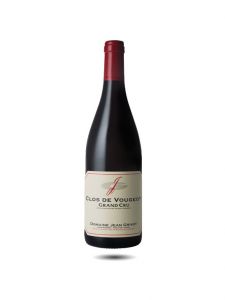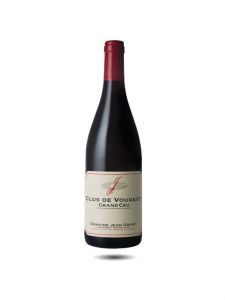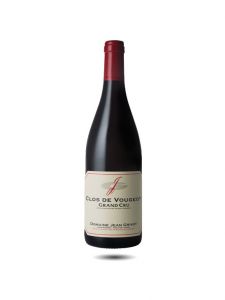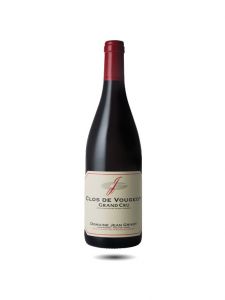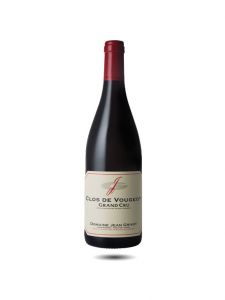We use cookies to make your experience better. To comply with the new e-Privacy directive, we need to ask for your consent to set the cookies. Learn more.
Clos de Vougeot
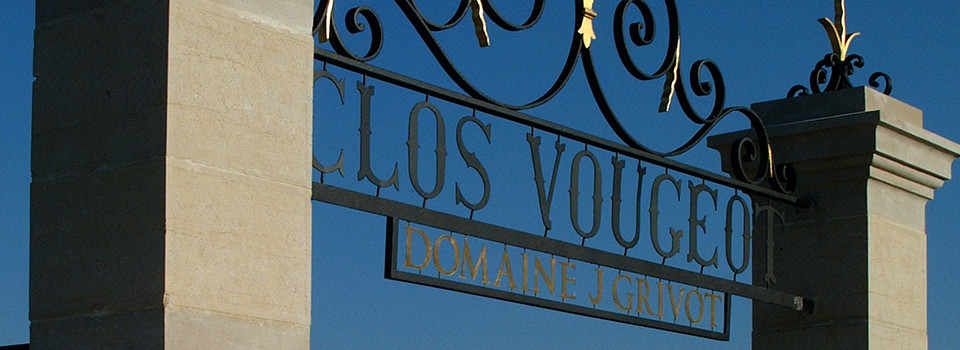
Perhaps the most famous of all the Burgundy clos (clos indicates a walled vineyard) it is also the largest single vineyard entitled to a Grand Cru designation, comprising 50.6 hectares. The Clos takes its name from the Vouge stream that separates the village of Vougeot from the vineyards of Chambolle-Musigny. It produces red wine from the Pinot Noir grape.
The Clos has a long and rich history linked to the Cistercian monks of the nearby Abbey of Citeaux. Created by land purchased or donated, a wall was built around the vineyards in 1336 and has remained ever since. From the middle ages until the French Revolution, the Clos de Vougeot was considered as the monks’ most treasured site. After the Revolution, in 1818 the clos was purchased by the Ouvraud family until 1889 when it was sold to several wine merchants and divided up into smaller parcels for the first time in its 700 year old history. That subdivision continued throughout the 20th century so that today there are more than 80 different wine growers within the clos.
In 1551 the Chateau de Clos de Vougeot was created by enlarging an existing chapel. Today it is used as the headquarters of the Confererie de Chevaliers de Tastevin who organize regular dinners and tastings here.
The soils within the large cru are quite varied: At the upper end at about 255 metres above sea-level, the topsoil is only about 40 cm deep, quite rocky and gravelly over a limestone base. In the centre, at about 250 metres of altitude, the soil is still shallow (45 cm), clay soil overlying broken limestone. The lower portion (around 240 metres) has a deep, soil (90 cm) that lies on a layer of marl, clay and alluvium.
Due to the huge amount of different wines grown in the Clos, there are lots of different styles of wines made from beautiful Grand Cru bottlings to mediocre offerings trading on the Clos de Vougeot name. The best wines are full bodied, with generous plummy and berry fruit with good tannin and body. They can age well for a decade or so before being enjoyed.




